
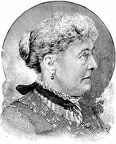 Mrs. Benjamin Harrison
Mrs. Benjamin Harrison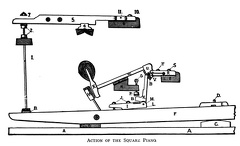 Action of the Square Piano
Action of the Square Piano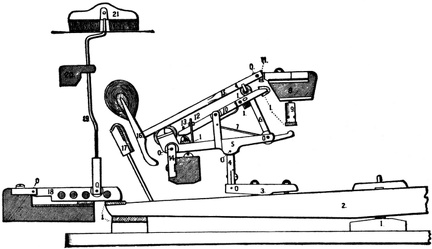 Action of the Grand Piano
Action of the Grand Piano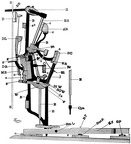 Upright Piano Action
Upright Piano Action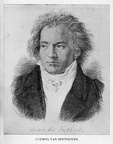 Ludwig van Beethoven
Ludwig van Beethoven Joh. Sebastian Bach, Geo. Fred. Handel
Joh. Sebastian Bach, Geo. Fred. Handel Joseph Haydn, Wolfgang A. Mozart
Joseph Haydn, Wolfgang A. Mozart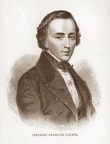 Frederic Francois Chopin
Frederic Francois Chopin Franz Schubert, Felix Mendelssohn
Franz Schubert, Felix Mendelssohn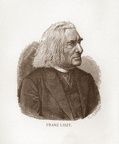 Franz Liszt
Franz Liszt Robert Schumann
Robert Schumann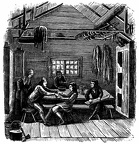 Finns Singing.
Finns Singing. Egyptian Crotola or Castanets
Egyptian Crotola or Castanets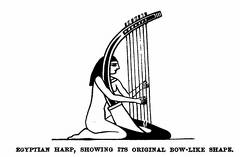 Egyptian Harp, showing its original bow-like shape
Egyptian Harp, showing its original bow-like shape Double Pipes
Double Pipes Single perforated pipe
Single perforated pipe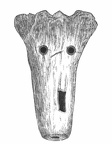 Clay Pipe from Babylon
Clay Pipe from Babylon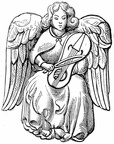 The old English 'crowd'
The old English 'crowd' The Crwth
The Crwth Rotta
Rotta Anglo-saxon harp
Anglo-saxon harp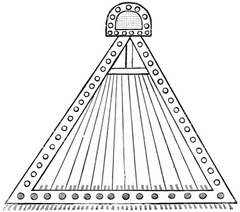 Psalterium
Psalterium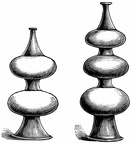 Indian trumpets
Indian trumpets Peruvian huayra-puhura
Peruvian huayra-puhura Peruvian bone pipe
Peruvian bone pipe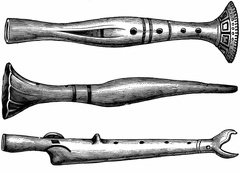 Pipes of the Aztecs
Pipes of the Aztecs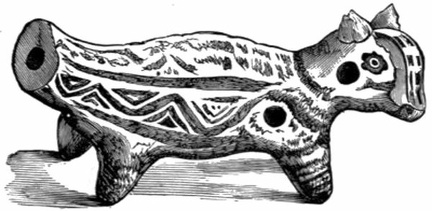 Antique pipe from central America
Antique pipe from central America Persian dulcimer
Persian dulcimer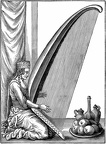 Turkish harp
Turkish harp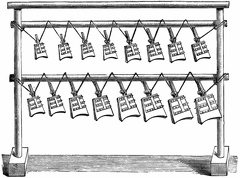 Chinese pien-tchung
Chinese pien-tchung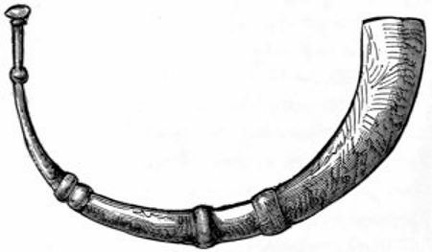 Etruscan cornu
Etruscan cornu A diaulos
A diaulos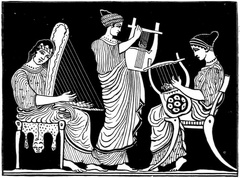 Grecian harp and lyre
Grecian harp and lyre Ancient Egyptian flute concert
Ancient Egyptian flute concert The recital
The recital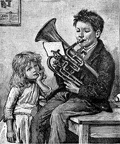 Keep practising brother
Keep practising brother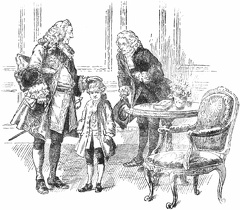 The Duke praised his performance
The Duke praised his performance Beckoned silently to the rest to follow him
Beckoned silently to the rest to follow him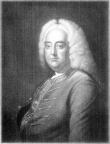 George Frederick Handel
George Frederick Handel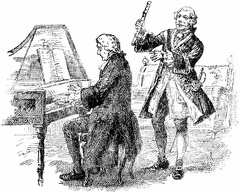 Only one Bach!
Only one Bach!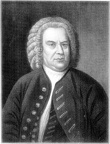 Sebastian Bach
Sebastian Bach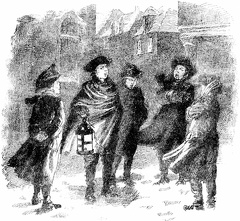 Scholars went out to sing
Scholars went out to sing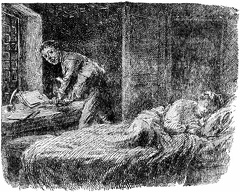 Christoph seized the manuscript book and the copy
Christoph seized the manuscript book and the copy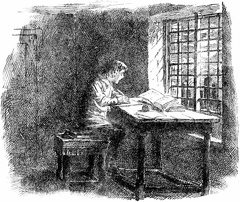 By the light of the moon he began his task
By the light of the moon he began his task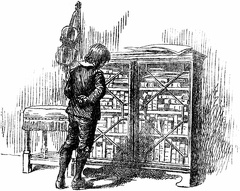 Gazing through the doors of the cupboard
Gazing through the doors of the cupboard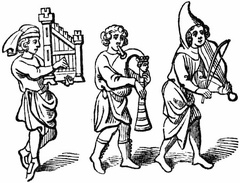 A Band of Minstrels
A Band of Minstrels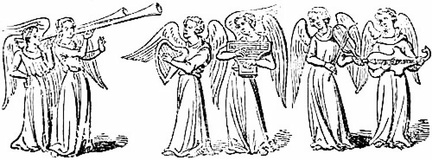 The Morning Stars singing together
The Morning Stars singing together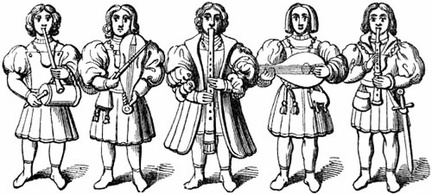 The Beverley Minstrels
The Beverley Minstrels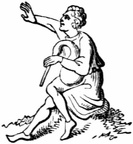 Shepherd with Bagpipes
Shepherd with Bagpipes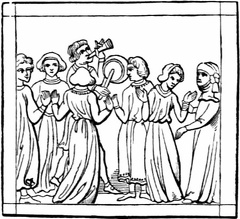 Rustic Merry-making
Rustic Merry-making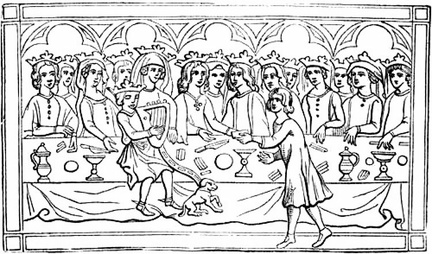 Royal Harper
Royal Harper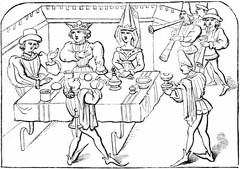 Royal Dinner of the time of Edward IV
Royal Dinner of the time of Edward IV Regals or Organ
Regals or Organ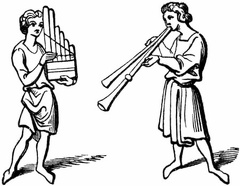 Regals and Double Pipe
Regals and Double Pipe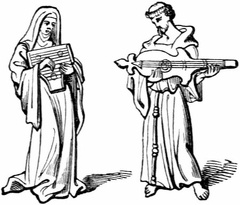 Nun and Friar with Musical Instruments
Nun and Friar with Musical Instruments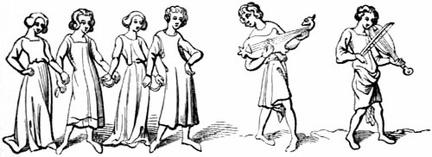 Mediæval Dance
Mediæval Dance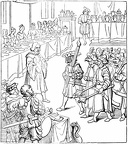 Imperial Banquet
Imperial Banquet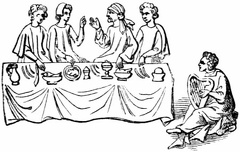 Harper
Harper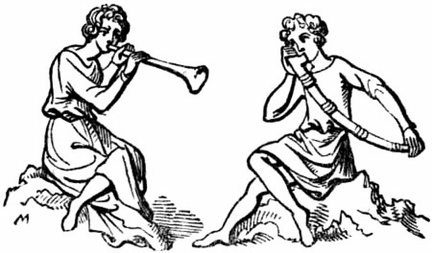 Goatherds playing Musical Instruments
Goatherds playing Musical Instruments Female Minstrel
Female Minstrel



